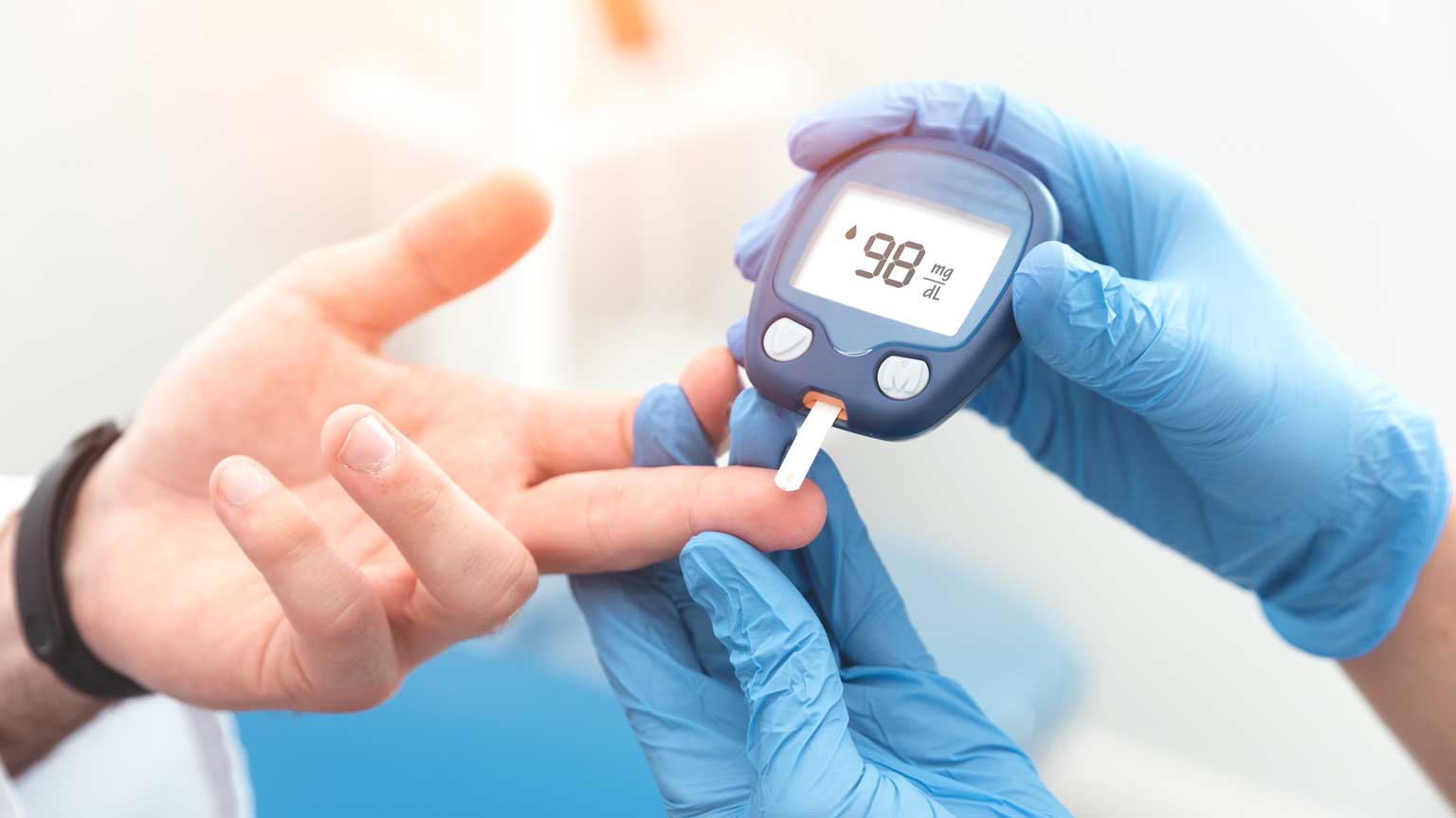
| 6 June 2018
Expert Guest Blog Post by The College of Contemporary Health, a longer version of this blog is available here.
Supporting Diabetes Week 11-17th June 2018
Overweight and obesity have increased significantly in the UK over recent decades, with more than half of all adults and a third of children now affected. The reason this is of such concern and one of the biggest public health issues of modern times, is that excess weight, particularly in the form of fat carried around the middle (abdominal fat), greatly increases the risk of a number of non-communicable diseases, most notably Type 2 diabetes mellitus (T2DM) and cardiovascular disease (CVD).
It is therefore important that weight management is promoted in all areas of healthcare, particularly for people who have, or are at risk of, T2DM or CVD. The cornerstone of any diabetes prevention programme is weight management through promotion of healthy eating and physical activity.
The first step to helping people with weight concerns is to initiate a conversation about their weight. This is not as simple as you might think, from the perspective of the practitioner. Healthcare professionals can find it uncomfortable to raise the issue of weight, and sometimes feel they lack the skills to do so.
On the other hand, patients can also be reluctant to talk about their weight. While recent evidence suggests that most patients with excess weight are happy to discuss their weight and opportunities for weight loss (Aveyard et al. 2016), this is not true for everyone. Some people can feel embarrassed, guilty or ashamed of their weight.
So what can we do to overcome this problem? How can we raise the issue of weight in a way that facilitates patient-practitioner interactions that are both productive and positive experiences?
The most important thing is to always communicate sensitively, using appropriate language, terminology and attitudes, to make the patient feel comfortable and positive about the conversation. In fact, skilled communication by the clinician can not only enhance patient understanding and trust, but also lead to increased adherence to programmes and ultimately improved health and well-being (Street et al. 2009).
Here are some tips to communicating sensitively and empathically about weight:
- Ask permission to talk about weight
- Try to avoid language which may be perceived as negative eg fat, obese
- Expect a wide range of responses – may include denial, disinterest, shame or relief.
- Work on responding constructively to all types of responses
- Show concern, rather than professional detachment
- Communicate empathy, compassion and support
- Invite patient’s views, perceptions and understandings
- Discourage patients from feeling a sense of guilt
- Provide clear and accurate information – verbally, visually and/ or in writing
- Emphasize the strengths of the patient and opportunities for change
For further information and to read the longer version of this blog post click here.
Skills for Health diabetes eLearning courses
References
· Aveyard P et al. (2016) Screening and brief intervention for obesity in primary care: a parallel, two-arm, randomised trial. The Lancet. 388:
2492-2500.
· Street RL Jr, Makoul G, Arora NK, Epstein RM (2009) How does communication heal? Pathways linking clinician-patient communication to health outcomes. Patient Educ Couns. 74: 295-301.
